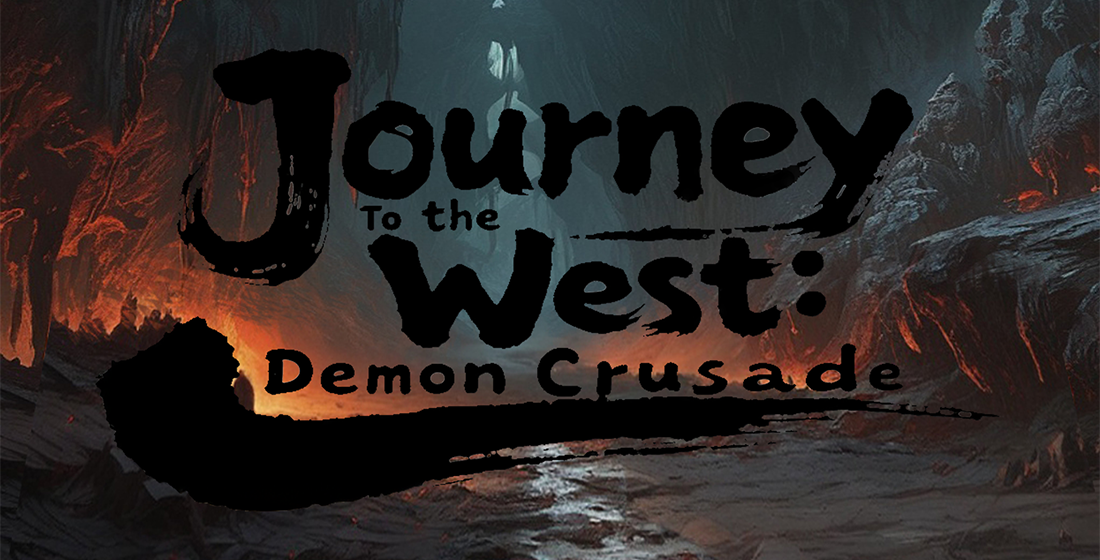Building Multiplayer Games: Uniting Players Through Creative Collaboration
In the realm of gaming, multiplayer games have carved out a unique niche that fosters creativity and collaboration among players. Whether it's battling foes in an intense Clash of Clans pact or diving into deep role-playing experiences reminiscent of GameBoy Advance RPG games, the ability for players to unite or compete creates a vibrant ecosystem. So, what does it take to build a multiplayer game that truly resonates with players?
The Essence of Multiplayer Gaming
At its core, multiplayer gaming is about connection. Players from different corners of the world can join forces, strategize, and navigate challenges together. The best multiplayer games encourage interaction and teamwork while providing a platform for individual expression. But how do developers create such an environment?
Key Elements in Building Multiplayer Games
- Engaging Mechanics: Gameplay mechanics must be engaging and intuitive.
- Strong Community Features: Social interaction should be seamless.
- Creative Customization: Players enjoy personalizing their avatars and gameplay experiences.
- Regular Updates: Keeping the game fresh with new content is essential.
- Fair Balance: Ensuring no player has an unfair advantage is crucial for competitiveness.
Uniting Players Through Collaboration
Teamwork is vital in multiplayer games. For instance, games like Clash of Clans emphasize strategic collaboration, where players must work together to defend their bases while attacking opponents. The social aspect plays a significant role in making games enjoyable. A solid community can turn a simple game into a thriving lifestyle.
Challenges in Development
While building multiplayer games, developers often face various challenges. From technical issues like server stability to balancing gameplay, the obstacles can be daunting. The initial stage involves rigorous testing to ensure that everything works harmoniously. Below is a table highlighting some common challenges developers encounter:
| Challenge | Description |
|---|---|
| Server Stability | Ensuring that the servers can handle large numbers of concurrent players. |
| Lag Issues | Minimizing delays to create a smoother play experience. |
| Game Balancing | Adjusting gameplay elements to prevent user exploitation. |
| Community Management | Engaging with players to build and sustain a positive environment. |
Creative Collaboration: The Player’s Perspective
For players, the joy of multiplayer games often comes from the friendships formed along the way. Many players find a sense of belonging within these virtual communities. However, it's also about the creative input they can offer. Players often develop strategies, create fan art, and even produce content based on their gameplay experiences. The feedback loop between developers and users can lead to innovative features that enhance the overall experience.
The Role of Technology in Multiplayer Gaming
Advancements in technology have played a massive role in the evolution of multiplayer games. Higher bandwidth and faster internet speeds mean that games can now incorporate elements that were previously impossible. Cross-platform play is becoming more common as technology bridges the gap between different gaming systems.
- Cloud Gaming: Allows for instant gameplay without high-end hardware.
- Virtual Reality: Offers immersive experiences that were once the stuff of dreams.
- Augmented Reality: Encourages real-world interaction alongside gaming.
Final Thoughts
Building multiplayer games is not just about technical prowess; it’s about understanding the player’s needs and fostering a community that thrives on teamwork and creativity. The landscape of gaming continues to shift rapidly, so staying ahead means being adaptable and open-minded. Whether you're creating the next big hit or merely enjoying existing games, remember that at the heart of it all lies the essence of collaboration. The journey of togetherness is what truly unites us, creating experiences that transcend mere play.



